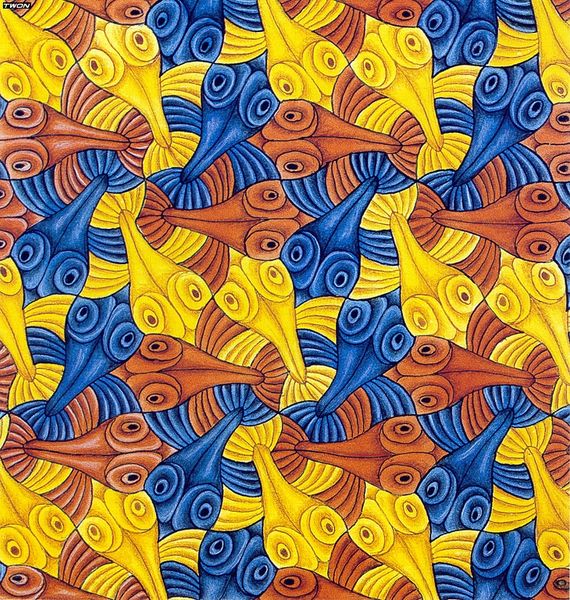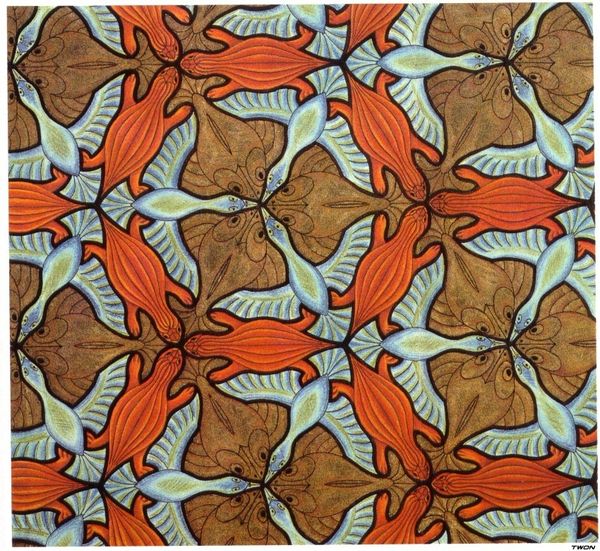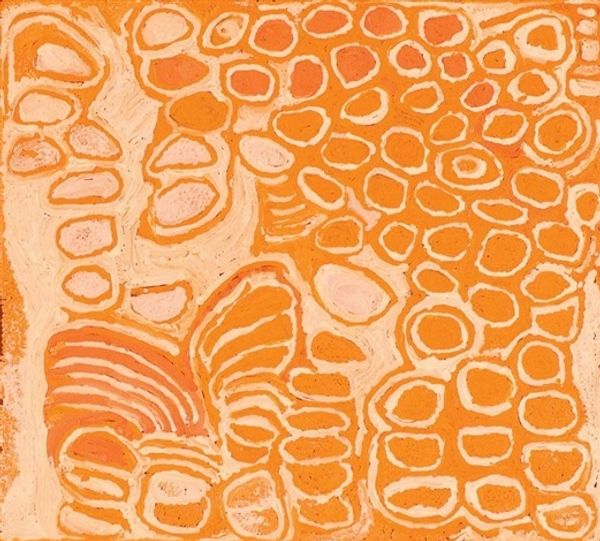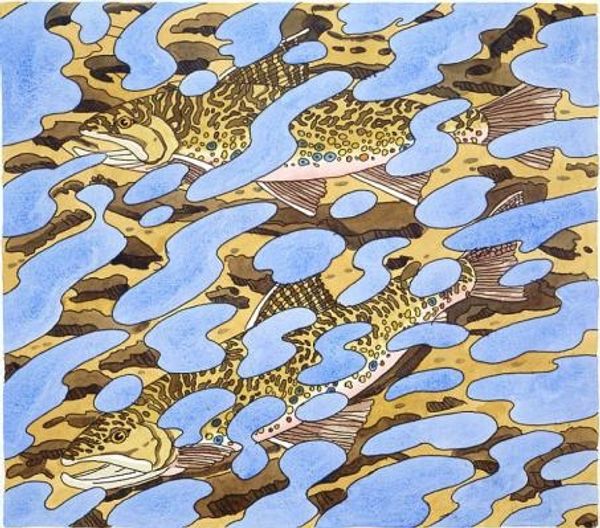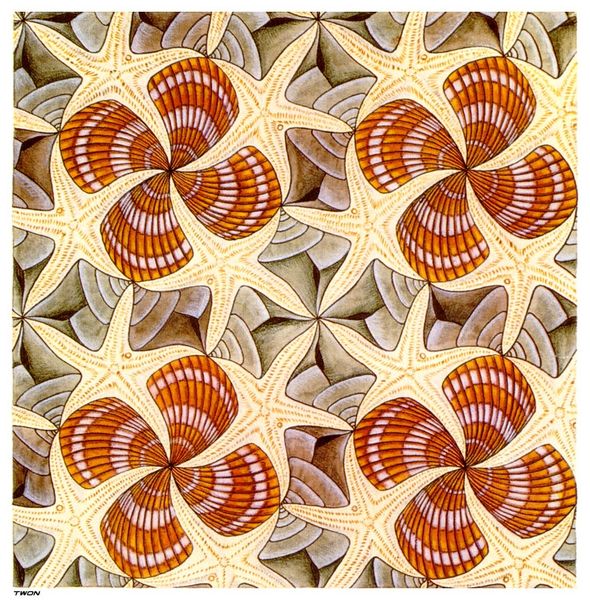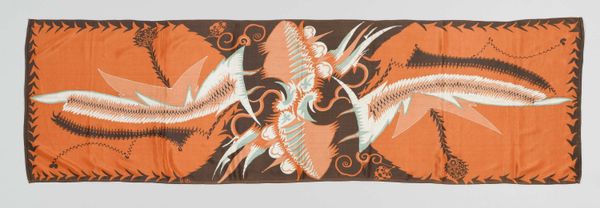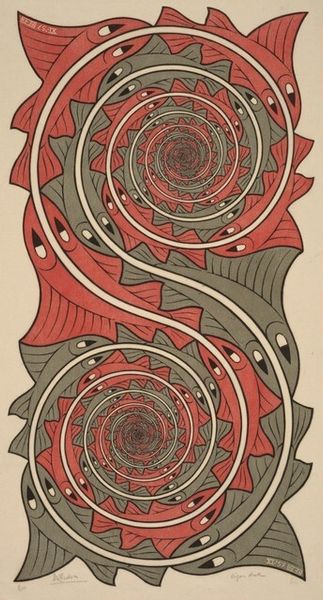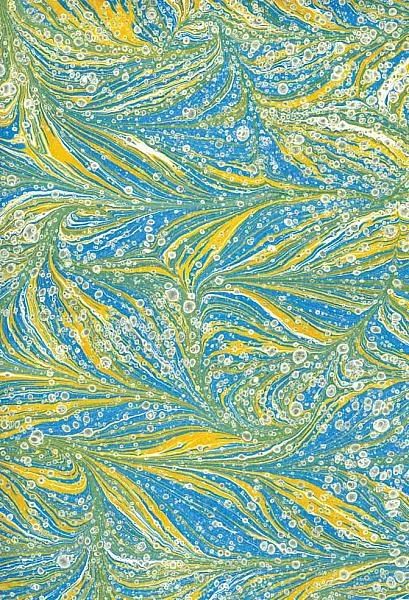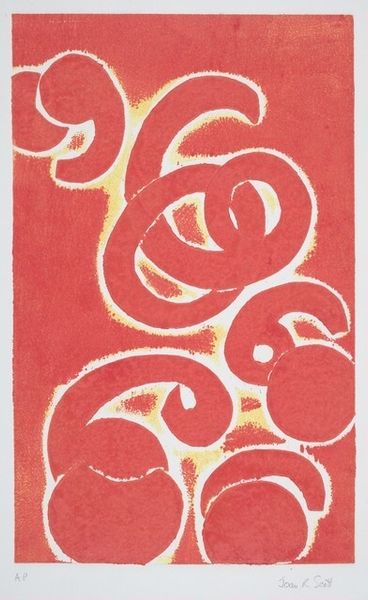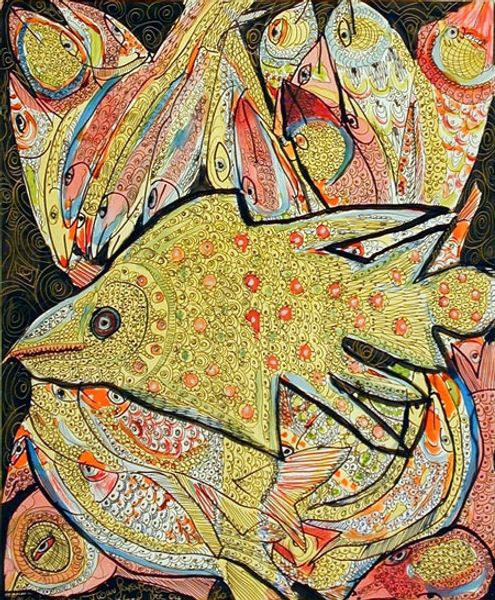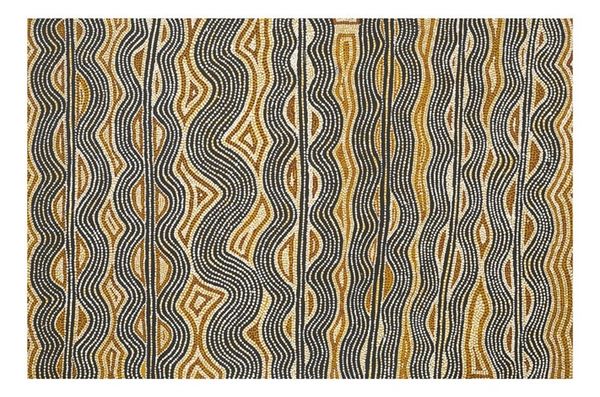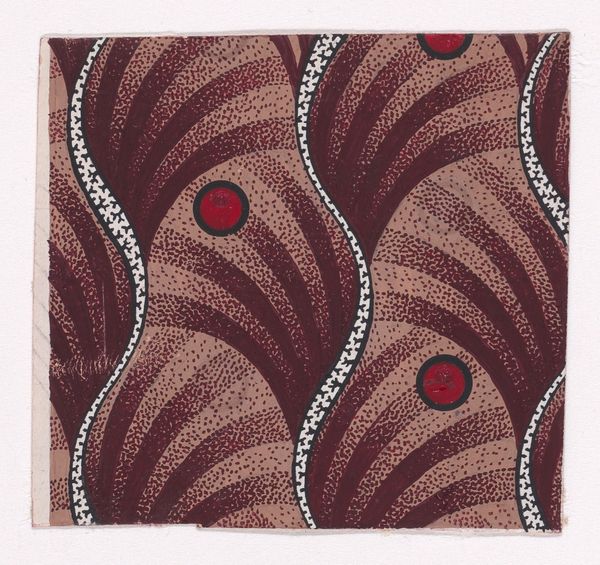
graphic-art, lithograph, print
#
graphic-art
#
lithograph
# print
#
geometric pattern
#
organic pattern
#
geometric
#
geometric-abstraction
#
modernism
Copyright: M.C. Escher,Fair Use
Editor: We're looking at "Fish & Boat," a lithograph by M.C. Escher from 1948. It's quite a striking image, morphing between fish and boats. What historical context can you bring to help us understand this piece? Curator: Escher's tessellations aren't just clever geometry. The post-war period saw a surge of interest in science and mathematical principles infiltrating art. Institutions and public discourse were fascinated by this intersection, which is reflected in Escher's growing popularity. The endless pattern symbolizes the search for order after the chaos of the war. Don't you think the mirroring and repetition suggests a yearning for a return to normalcy? Editor: Yes, the constant repetition feels almost like a mantra, a kind of wishful thinking for a stable world. How did this artistic style influence its reception at the time? Curator: Initially, Escher's work wasn't celebrated within traditional fine art circles. The art world at the time, particularly in the abstract expressionist scene, heavily valued unique artistic gestures over technical skill and geometrical precision. However, its accessibility to the public and appeal to scientific communities gave him an unusual, widespread popularity outside traditional venues. So it was not necessarily art institutions but math conferences and educational publications that propelled him into the broader public consciousness. Editor: That's really interesting, so its public accessibility set it apart. I suppose I was looking at it as just an interesting pattern. Curator: Precisely! His art serves as a great example of how artistic relevance isn’t just judged by museums but often constructed within social contexts. It makes you think about what determines artistic value in the first place, doesn't it? Editor: Absolutely. I’ll never see tessellations the same way again.
Comments
No comments
Be the first to comment and join the conversation on the ultimate creative platform.
